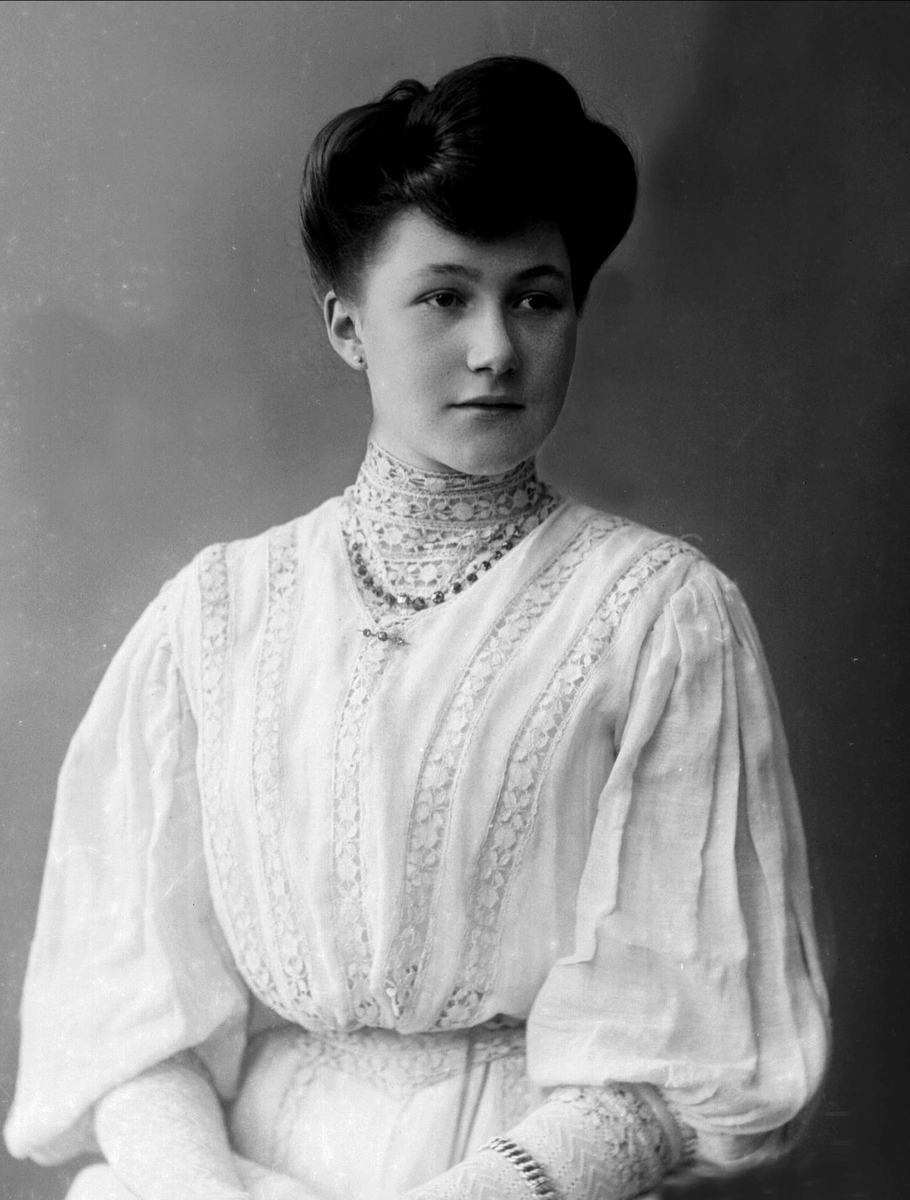Let's start with my oldest pieces.
My antique pin collection.
These range from late 19th century to 1930's and show a nice variety of examples of closures. Aside from the style of the pin, the clasp and hinges are the biggest indicators of how old it is. Before the 1890s, pins were closed with a 'C' clasp, the simplest way to make sure the pin stayed on one's clothing. After that point there were a variety of handmade and rudimentary closures, ranging from 'C' shape, safety pin style, and the beginnings of mechanical clasps. Modern clasps, as they're called, are the ones most are familiar with now, which were first made in the 1930s. The original hinges were tube hinges, which meant the metal pin itself was one piece soldered to a tube, which was then attached to the brooch between two more tubes held together with a small pin. These were in use until around the 1900s, when round hinges replaced them completely in the 1920s.



My oldest pin, judging from the replacement clasp still being a classic 'C' shape, along with a tube hinge. Circa late 1800s to 1900.






These two are similar in material and construction, bronze toned metal and what appears to be inset enamel. I seem to have a love of these dainty ones. Circa 1920s.


My favorite, and the one I've worn the most. Here is the first example of a modern clasp. Circa 1930s(tag said 1936).
Another way to date a pin is from any stamping or maker's mark. These can easily put a date and place where a piece comes from by researching the mark. For the following two pins I used the mark, hinge, and the closure to help me figure out when it was made.


Chip in corner suggests possibly made of jet; 'B' inside star, most likely maker is B.A. Ballou, started in 1876; marking from 1894 and changing in 1908, so with the addition of the complex closure and handmade, yet not tube, hinge, circa 1900-1908.


835 marking represents silver from either Belgium, Portugal, Germany, Austria and the Netherlands from the late 1800s to the early 1900s, possibly pre-Great War by the countries listed, but the rounded hinge suggests later, circa post-Great War to 1920s.
The rest of my pins are modern, but still resemble that bar style. The first two certainly look 1930s or 1940s vintage, but based on their construction I doubt that they are very old at all. The last two are very obviously modern, certainly no older than 1980s or 1990s, but they were interesting enough to catch my eye and I couldn't pass them up.
Not antique, but did a good job looking as such for photographs.
Modern clasps, poured 'stones', casting lines - very different from the pins at the beginning of this post!
Research sources:
Illusion Jewels - Researching Costume Jewelry Marks
What Does an Imprint of "835" Mean on Silver?
Dating Brooch Fasteners
*Note: I am an amateur at dating antiques and certainly could be wrong. If anyone has further information or corrections of my dates, materials, or anything else, please don't hesitate to comment and let me know. Let's learn from each other!






















